Adopting a shelter dog can change your life—and theirs—in the best possible way. But if you think it’s all tail wags and instant cuddles, think again. Shelter dogs come with pasts, quirks, and sometimes baggage. That first week? It can be messy, magical, and full of surprises. From prepping your home to surviving the first sleepless night, there are smart steps you need to take before your new best friend walks through the door. Some will save your furniture. Others might just save your sanity. Whether you’re a first-time dog parent or giving a rescue pup a second chance, don’t wing it. Plan it, prep it—and get ready for a love like no other.
Research Breeds and Temperaments

Before bringing a new dog into your home, understanding breed characteristics and temperaments is crucial. Each breed has unique needs, energy levels, and compatibility factors. For instance, a high-energy Border Collie may require more exercise than a laid-back Bulldog. Research can lead to a more harmonious match, ensuring that the dog’s traits align with your lifestyle preferences. Consulting with breed experts or visiting local shelters for advice can provide further insights. Remember, a well-informed choice lays the foundation for a fulfilling companionship.
Visit Local Shelters

Visiting local shelters allows potential adopters to meet dogs directly and observe their behavior. Shelters often house dogs of all sizes, ages, and backgrounds, providing a broad selection. Engaging with shelter staff can uncover information about each dog’s history, health, and personality, aiding in your decision-making process. Additionally, seeing a dog in person helps assess the chemistry between you and the animal. These visits can turn a simple meeting into a heartfelt connection, paving the way for an adoption that benefits both the dog and your family.
Consider Your Living Space
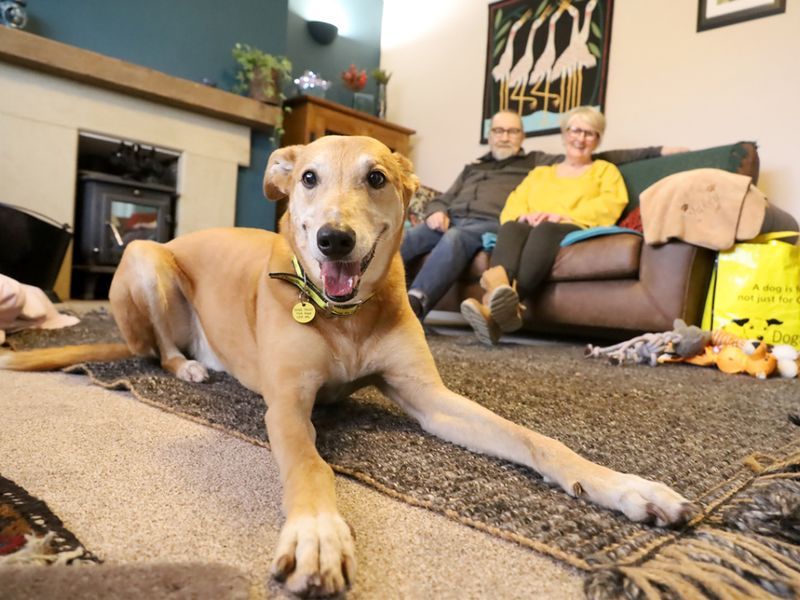
Ensuring your living space meets the needs of a new pet is vital. Factors like space availability, yard size, and nearby walking areas influence the suitability of your home for a dog. Large breeds may need more room to roam, while smaller dogs might find comfort in cozier spaces. Additionally, evaluating neighborhood pet-friendliness, including nearby parks and vet facilities, can enhance the experience. Preparing a dedicated area for your dog helps in creating a safe, welcoming environment from day one.
Evaluate Your Lifestyle
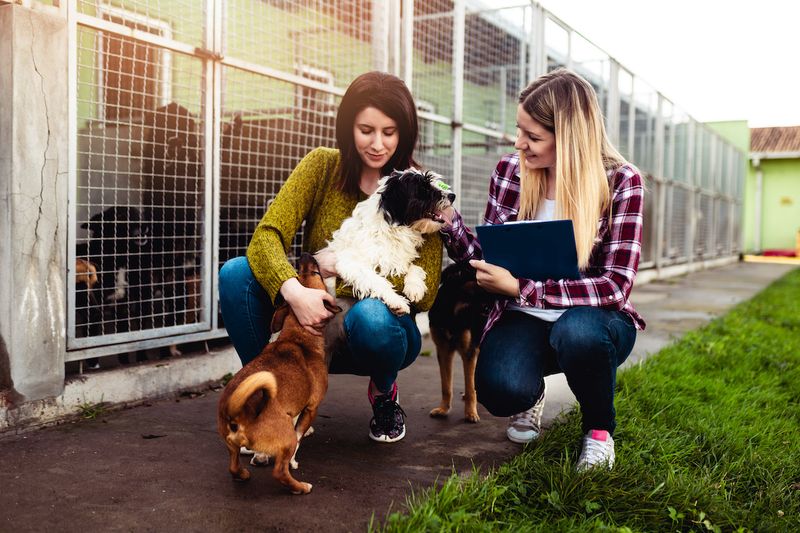
Bringing a dog into your life requires a lifestyle assessment. Consider factors such as work schedules, travel habits, and daily routines. Dogs thrive on companionship and may suffer if left alone for extended periods. Understanding your capacity to provide time and attention will guide you to a breed or individual dog best suited for your lifestyle. This thoughtful evaluation ensures the adoption enriches your life without overwhelming commitments.
Prepare a Budget
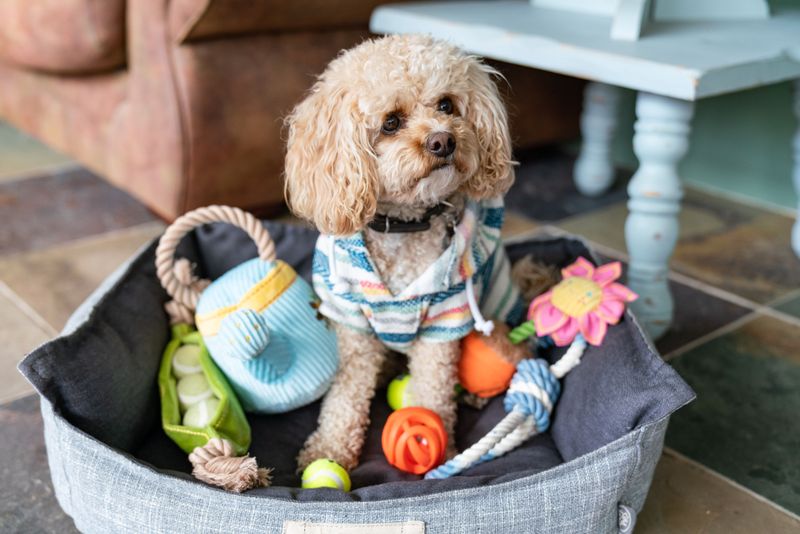
Owning a dog involves financial responsibility. Creating a budget for essentials like food, vaccinations, grooming, and unforeseen medical expenses is crucial. Pet insurance can alleviate some financial pressures, providing peace of mind. Understanding the costs ensures you can provide quality care for your new companion without financial strain. A well-planned budget supports a joyful ownership experience, highlighting the rewarding nature of pet adoption.
Gather Necessary Supplies

Equipping your home with dog essentials ensures readiness for your new arrival. Items such as a secure leash, comfortable bed, nourishing food, and engaging toys can make the transition smoother for both you and your dog. Investing in quality supplies promotes a healthy, happy environment. This preparation signals a committed start to your journey together, fostering a sense of belonging for your new pet.
Plan a Family Meeting

Involving all family members in the adoption process is vital. A family meeting to discuss roles, expectations, and responsibilities can create a harmonious household for both the dog and humans. Clear communication on daily routines, feeding schedules, and exercise plans ensures everyone is on the same page. This collaborative approach not only prepares the family but also sets a positive tone for the incoming pet, making them feel like a genuine part of the family.
Schedule a Vet Visit
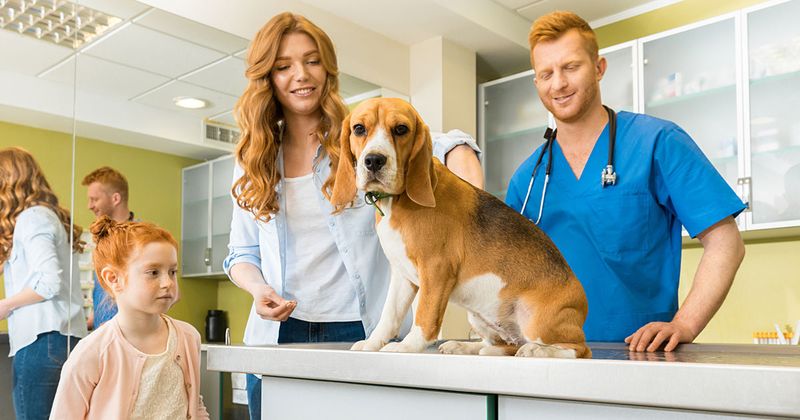
Organizing a vet visit shortly after adoption is prudent. A thorough health check ensures vaccinations are up to date and identifies any medical concerns early on. Establishing a relationship with a trusted vet provides a foundation for lifelong health management. Regular vet visits reinforce responsible pet ownership, securing a vibrant future for your pet. This step confirms your commitment to maintaining your dog’s well-being.
Enroll in Training Classes
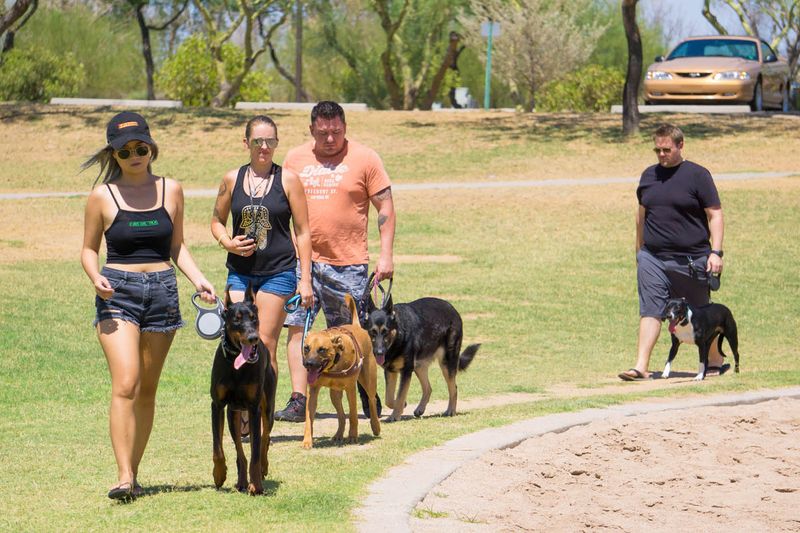
Training classes foster a well-behaved dog and strengthen the bond between pet and owner. Professional trainers offer guidance on basic commands, socialization, and behavioral issues. These classes create an environment for dogs to learn and interact positively. The skills acquired benefit everyday life, making walks, visits, and interactions more enjoyable. Training lays the groundwork for a harmonious relationship built on understanding and mutual respect.
Create a Routine

Establishing a routine provides stability and comfort for your new dog. Regular feeding times, walks, and bedtime create a predictable environment, helping pets adjust to their new home. Consistency fosters trust and a sense of security, encouraging positive behavior. Crafting a routine that aligns with your lifestyle ensures both you and your pet enjoy a balanced, fulfilling life together. This foundation supports a happy, well-adjusted dog.
Introduce to Neighbors

Introducing your dog to neighbors builds a sense of community and ensures a supportive environment. Friendly interactions can enhance socialization skills, promoting positive behavior. Neighbors familiar with your pet are more likely to assist in emergencies or offer pet-sitting support. Building these relationships enriches your dog’s environment and integrates them into the neighborhood, fostering a welcoming atmosphere.
Pet-Proof Your Home
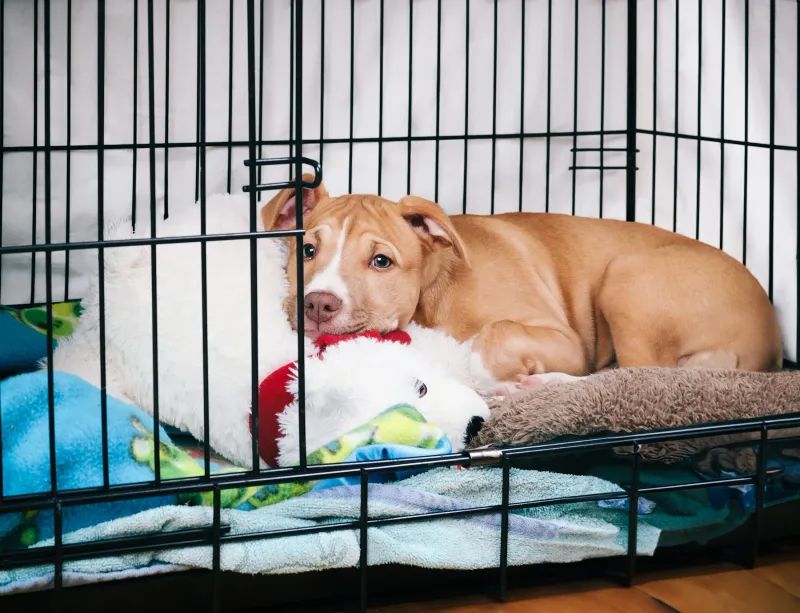
Pet-proofing your home ensures a safe space for your new dog. Securing hazardous materials, blocking off restricted areas, and providing chew-friendly options protect both your belongings and pet. This proactive approach reduces potential accidents and promotes a safe, pet-friendly environment. Making necessary adjustments demonstrates commitment to your pet’s safety and well-being, ensuring their comfort and your peace of mind.
Evaluate Energy Levels
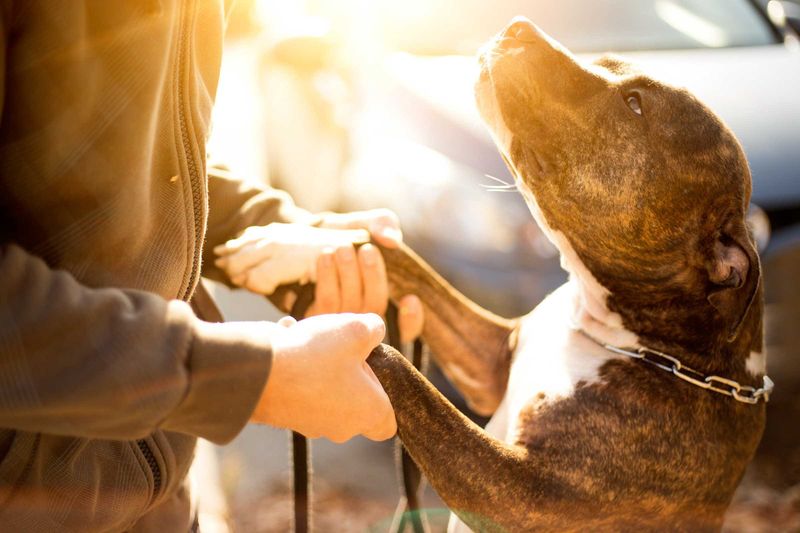
Understanding your dog’s energy level aids in planning appropriate activities and ensuring their well-being. Energetic dogs require more exercise and mental stimulation, while calmer breeds may prefer leisurely walks. Matching your dog’s energy with your lifestyle promotes a healthy, happy relationship. This evaluation helps meet your dog’s needs effectively, enhancing their quality of life and your shared experiences.
Plan for Alone Time

Helping your dog cope with alone time is essential for their independence. Creating a comfortable space with familiar toys and soothing music can ease anxiety. Gradually increasing alone time helps dogs adapt to your absence. This preparation ensures your pet feels secure and content, whether you’re at work or running errands. Balancing companionship with independence fosters a confident, well-adjusted pet.
Bond Through Play

Playtime strengthens the bond between you and your dog while fulfilling their need for exercise and mental stimulation. Engaging in activities like fetch, tug-of-war, or agility exercises nurtures trust and joy. This playful interaction promotes a positive relationship and enriches your pet’s quality of life. Incorporating regular playtime into your routine ensures a happy, healthy dog eager to engage with you.
Monitor Health and Diet

Monitoring your dog’s health and diet is crucial for their overall well-being. A balanced diet tailored to their age, breed, and activity level supports optimal health. Regular check-ups and observing changes in behavior or appearance help catch potential issues early. Consistent monitoring demonstrates responsible ownership and ensures a long, vibrant life for your dog. This diligence highlights your dedication to their happiness and vitality.
Capture Memories
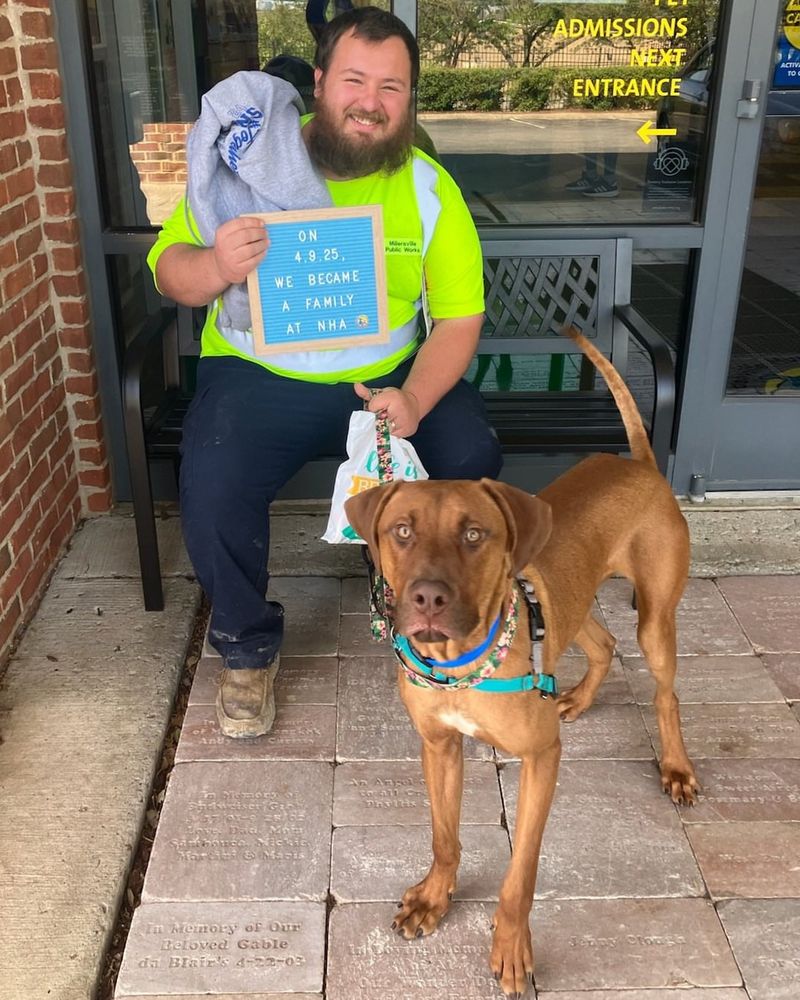
Creating memories with your new dog enriches the adoption experience. Capturing moments through photographs or videos during walks, play, and milestones preserves these cherished times. These memories serve as lasting reminders of your journey together, celebrating the joy and growth shared. This practice encourages a deeper connection and appreciation for your pet, marking the start of a beautiful adventure.

